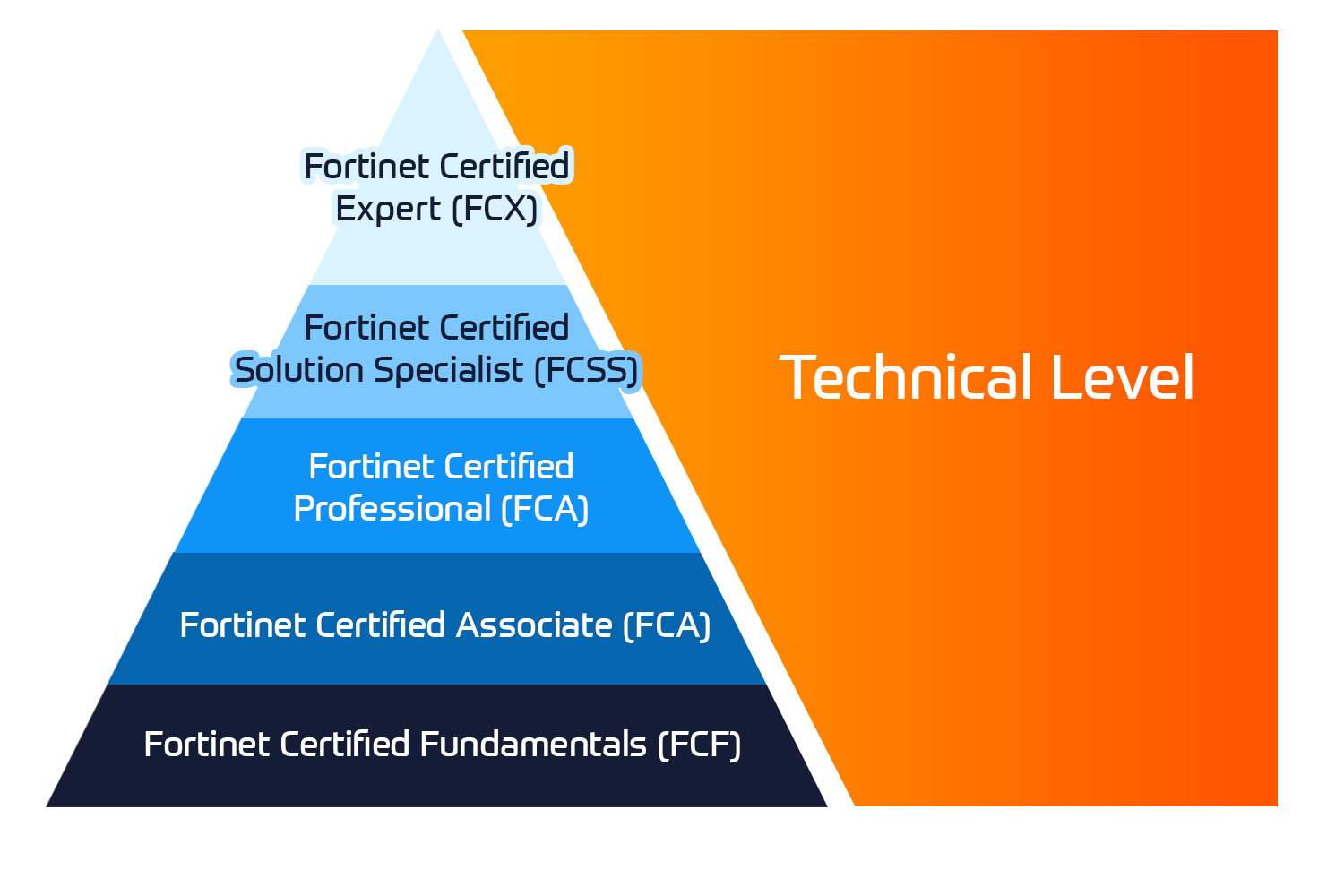The Certified Wireless Technology Specialist (CWTS) is an individual who installs and configures Wi-Fi hardware based on the IEEE 802.11 standard and amendments. The individual understands the fundamental concepts related to WiFi networks and can install, mount, configure, and validate equipment for effective network operations. The CWTS may work in organizations as an installation technician, a support professional, an administrator, or a configuration specialist, among other roles.
Contact Us
We would love to hear from you. Please complete this form to pre-book or request further information about our delivery options.
 Duration
Duration 1 Day
 Delivery
Delivery (Online and onsite)
 Price
PricePrice Upon Request
1.0 Basic RF Characteristics
1.1 Describe RF signal characteristics
1.1.1 Frequency
1.1.2 Amplitude
1.1.3 Phase
1.1.4 Wavelength
1.2 Explain RF behaviors and signal propagation
1.2.1 Gain and loss
1.2.2 Reflection
1.2.3 Refraction
1.2.4 Scattering
1.2.5 Free space path loss
1.3 Understand how to detect RF signal factors
1.3.1 Wi-Fi scanner tools
1.3.2 Client signal strength reports
1.3.3 RSSI vs. dBm
1.3.4 Output power vs. received signal strength
1.4 Understand basic RF channel plans
1.4.1 Available channels by protocol
1.4.2 Regulatory constraints on channel selection
1.4.3 Best practices for channel selection
1.4.4 Co-Channel Interference (CCI) and Co-Channel Contention (CCC)
1.5 Describe the basic differences among antenna types
1.5.1 Omnidirectional
1.5.2 Semi-directional
1.5.3 Highly directional
1.5.4 Antenna mounting kits
1.6 Use the appropriate external antenna when required
1.6.1 Antenna pattern charts
1.6.2 Antenna cables and connectors
1.6.3 Passive antenna gain
2.0 Wireless Client Features and Capabilities
2.1 Describe device types and varying capabilities
2.1.1 Laptops
2.1.2 Tablets
2.1.3 Mobile phones
2.1.4 Desktops
2.1.5 Specialty devices (video cameras, Wi-Fi peripheral connections, printers, IoT, etc.)
2.2 Explain the basic WLAN location processes for 802.11 wireless networks
2.2.1 Passive scanning
2.2.2 Active scanning
2.3 Describe the basic steps required in the WLAN connection process for 802.11 wireless networks
2.3.1 Authentication
2.3.2 Association
2.3.3 802.1X/EAP authentication
2.3.4 4-way handshake
2.4 Determine the RF features supported by client and Wi-Fi-based IoT devices
2.4.1 Supported channels
2.4.2 Channel widths
2.4.3 Transmit power
2.4.4 Receive sensitivity
2.5 Configure client and Wi-Fi-based IoT devices
2.5.1 Configure client drivers for optimum performance (band preference, roaming threshold, regulatory domain, etc.) for 802.11 devices
Configure various client operating systems for wireless connectivity
Windows
Mac OS
Chrome OS
Linux
Tablets and mobile phones (iOS and Android)
2.5.2 Configure various Wi-Fi-based IoT devices based on the supported protocol
Provisioning
Network join
Security
3.0 Wireless AP Features and Capabilities
3.1 Identify 802.11 AP features and capabilities and understand configuration options related to them
3.1.1 PHY and frequency band support
3.1.2 Single-band vs. dual-band
3.1.3 Output power control
3.1.4 Operational modes
3.1.5 Multiple-SSID support
3.1.6 Guest access
3.1.7 Security features
3.1.8 Management interfaces (web-based, CLI, remote CLI)
3.1.9 Internal and external antennas
3.1.10 PoE support
3.2 Use appropriate mounting kits for a specified installation location
3.2.1 Wall mount
3.2.2 Pole/mast mount
3.2.3 Ceiling mount
3.3 Ensure proper PoE provisioning for 802.11 APs and other wireless devices, when required
3.3.1 Power levels required
3.3.2 PoE switches
3.3.3 PoE injectors
3.3.4 Testing power availability
4.0 Configuration of Security Parameters
4.1 Understand the basics of 802.11 standard security solutions
4.1.1 WPA vs. WPA2 vs. WPA3
4.1.2 Personal vs. Enterprise
4.1.3 6 GHz security requirements
4.1.4 Pre-Shared Key
4.1.5 802.1X/EAP
4.1.6 Common EAP methods
4.2 Identify legacy security technologies that should not be used
4.2.1 WEP
4.2.2 Shared Key Authentication
4.2.3 Hidden SSIDs
4.2.4 MAC filtering
4.3 Understand the basic security options available for common Wi-Fi-based IoT devices
5.0 Troubleshooting Common Wireless Connection Issues
5.1 Troubleshoot connectivity problems
5.1.1 Configuration errors
5.1.2 Interference
5.1.3 Poor signal strength
5.1.4 Driver issues
5.1.5 Supplicant issues
5.1.6 Feature incompatibility
5.2 Troubleshoot performance problems
5.2.1 Configuration errors
5.2.2 Interference
5.2.3 Low data rates
5.2.4 Co-channel interference (CCI)
5.3 Troubleshoot security problems
5.3.1 Configuration errors
5.3.2 Incorrect passphrases
5.3.3 Incompatible EAP methods
5.3.4 Incorrect network keys
5.3.5 Incorrect join keys
5.4 Troubleshoot mobility problems
5.4.1 Configuration errors
5.4.2 Improper network settings
5.4.3 Unsupported fast roaming methods
5.4.4 Non-implemented roaming features
IT Support and those installing APs.
Students should have basic networking knowledge, including understanding of the OSI Reference model.
1.0 Basic RF Characteristics
1.1 Describe RF signal characteristics
1.1.1 Frequency
1.1.2 Amplitude
1.1.3 Phase
1.1.4 Wavelength
1.2 Explain RF behaviors and signal propagation
1.2.1 Gain and loss
1.2.2 Reflection
1.2.3 Refraction
1.2.4 Scattering
1.2.5 Free space path loss
1.3 Understand how to detect RF signal factors
1.3.1 Wi-Fi scanner tools
1.3.2 Client signal strength reports
1.3.3 RSSI vs. dBm
1.3.4 Output power vs. received signal strength
1.4 Understand basic RF channel plans
1.4.1 Available channels by protocol
1.4.2 Regulatory constraints on channel selection
1.4.3 Best practices for channel selection
1.4.4 Co-Channel Interference (CCI) and Co-Channel Contention (CCC)
1.5 Describe the basic differences among antenna types
1.5.1 Omnidirectional
1.5.2 Semi-directional
1.5.3 Highly directional
1.5.4 Antenna mounting kits
1.6 Use the appropriate external antenna when required
1.6.1 Antenna pattern charts
1.6.2 Antenna cables and connectors
1.6.3 Passive antenna gain
2.0 Wireless Client Features and Capabilities
2.1 Describe device types and varying capabilities
2.1.1 Laptops
2.1.2 Tablets
2.1.3 Mobile phones
2.1.4 Desktops
2.1.5 Specialty devices (video cameras, Wi-Fi peripheral connections, printers, IoT, etc.)
2.2 Explain the basic WLAN location processes for 802.11 wireless networks
2.2.1 Passive scanning
2.2.2 Active scanning
2.3 Describe the basic steps required in the WLAN connection process for 802.11 wireless networks
2.3.1 Authentication
2.3.2 Association
2.3.3 802.1X/EAP authentication
2.3.4 4-way handshake
2.4 Determine the RF features supported by client and Wi-Fi-based IoT devices
2.4.1 Supported channels
2.4.2 Channel widths
2.4.3 Transmit power
2.4.4 Receive sensitivity
2.5 Configure client and Wi-Fi-based IoT devices
2.5.1 Configure client drivers for optimum performance (band preference, roaming threshold, regulatory domain, etc.) for 802.11 devices
Configure various client operating systems for wireless connectivity
Windows
Mac OS
Chrome OS
Linux
Tablets and mobile phones (iOS and Android)
2.5.2 Configure various Wi-Fi-based IoT devices based on the supported protocol
Provisioning
Network join
Security
3.0 Wireless AP Features and Capabilities
3.1 Identify 802.11 AP features and capabilities and understand configuration options related to them
3.1.1 PHY and frequency band support
3.1.2 Single-band vs. dual-band
3.1.3 Output power control
3.1.4 Operational modes
3.1.5 Multiple-SSID support
3.1.6 Guest access
3.1.7 Security features
3.1.8 Management interfaces (web-based, CLI, remote CLI)
3.1.9 Internal and external antennas
3.1.10 PoE support
3.2 Use appropriate mounting kits for a specified installation location
3.2.1 Wall mount
3.2.2 Pole/mast mount
3.2.3 Ceiling mount
3.3 Ensure proper PoE provisioning for 802.11 APs and other wireless devices, when required
3.3.1 Power levels required
3.3.2 PoE switches
3.3.3 PoE injectors
3.3.4 Testing power availability
4.0 Configuration of Security Parameters
4.1 Understand the basics of 802.11 standard security solutions
4.1.1 WPA vs. WPA2 vs. WPA3
4.1.2 Personal vs. Enterprise
4.1.3 6 GHz security requirements
4.1.4 Pre-Shared Key
4.1.5 802.1X/EAP
4.1.6 Common EAP methods
4.2 Identify legacy security technologies that should not be used
4.2.1 WEP
4.2.2 Shared Key Authentication
4.2.3 Hidden SSIDs
4.2.4 MAC filtering
4.3 Understand the basic security options available for common Wi-Fi-based IoT devices
5.0 Troubleshooting Common Wireless Connection Issues
5.1 Troubleshoot connectivity problems
5.1.1 Configuration errors
5.1.2 Interference
5.1.3 Poor signal strength
5.1.4 Driver issues
5.1.5 Supplicant issues
5.1.6 Feature incompatibility
5.2 Troubleshoot performance problems
5.2.1 Configuration errors
5.2.2 Interference
5.2.3 Low data rates
5.2.4 Co-channel interference (CCI)
5.3 Troubleshoot security problems
5.3.1 Configuration errors
5.3.2 Incorrect passphrases
5.3.3 Incompatible EAP methods
5.3.4 Incorrect network keys
5.3.5 Incorrect join keys
5.4 Troubleshoot mobility problems
5.4.1 Configuration errors
5.4.2 Improper network settings
5.4.3 Unsupported fast roaming methods
5.4.4 Non-implemented roaming features
IT Support and those installing APs.
Students should have basic networking knowledge, including understanding of the OSI Reference model.
- ` Date on Request

 Finland
Finland Germany
Germany Denmark
Denmark Sweden
Sweden Italy
Italy Netherlands
Netherlands Norway
Norway 






























